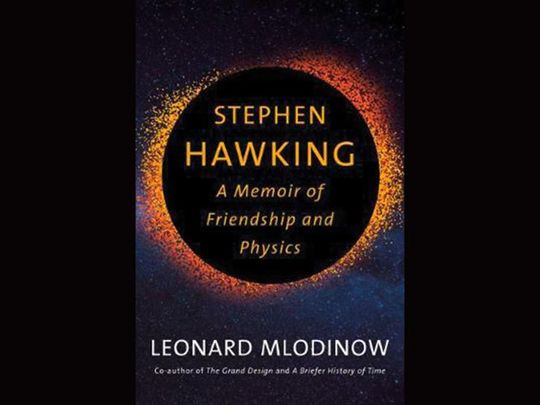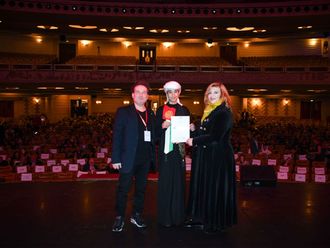
Stephen Hawking used to keep a ready-made response on his computerised speech system for when people approached him to say how much they enjoyed his bestselling book, A Brief History of Time. "Thanks," he’d say. "Have you read it?"
He enjoyed pricking the bubble of his own mystique as the world-famous genius whose mind soared beyond the limitations of his body. Which is not to say he was a saint, as this affectionate but clear-eyed memoir makes clear. Leonard Mlodinow is himself a theoretical physicist, and – rather unfairly – a brilliant writer to boot. Here he records their close relationship over many years, from their first meeting in 2003, as they co-authored two follow-up books, A Briefer History of Time and The Grand Design. Hawking could be grouchy and at times impossible to work with. But then, Mlodinow points out, his colleague was "at the mercy of everyone and everything" around him, including the small army of carers who tended to his every physical need.
What made Hawking (who died in 2018) a scientific star? He did not, Mlodinow emphasises, revolutionise his field in the same manner as Einstein. During his early career at Caltech, Mlodinow writes, Hawking would have agreed he was only the third-best physicist on the lab corridor, since his neighbours included the leading quantum physicists Murray Gell-Mann and Richard Feynman. This kind of expert contextualising is not done to take Hawking down a peg, but simply to enable the reader to better appreciate his real contributions.
Hawking burst on to the scene with his PhD, which in 1965 showed that Einstein’s equations led inexorably to the conclusion that there must have been a Big Bang: a point of singularity where, "though physicists didn’t like it," as Mlodinow observes, "the universe was packed into a space of zero volume". Subsequently he gave his name to Hawking radiation, emitted by black holes.
But, though he spent a long time searching (as had Einstein before him), Hawking never did come up with a unified theory of everything: a way, long sought by physicists, of reconciling the incompatibilities between relativity and the quantum picture.
Rather as a black hole contains enormous amounts of matter compressed into a tiny space, this brief book somehow also functions as both a personal and intellectual biography of its subject, without wasting time on trivia or prurience. (Hawking’s complicated love life is mentioned non-judgementally.) The book is also tremendously entertaining in its anatomy of the nitty-gritty of co-authorship.
One particular example sums up the differing aesthetics of the two men. In a draft of an introduction they wrote together, Hawking had mentioned humanity’s age-old habit of asking questions such as where did the universe come from and what is the nature of reality. "Traditionally these are questions for philosophy," Hawking wrote, "but philosophy is dead."
Mlodinow, a more widely cultured man, complained. Wouldn’t it be better, he suggested, to say that these were traditionally the questions posed by "natural philosophy", the earlier term for what we now call "science" – after all, there is still philosophy in the sense of ethics, conceptual analysis, philosophy of science, and so on? He proposed saying instead: "As a way of understanding the physical world, philosophy is dead."
The great man was having none of it. "Your sentence has no punch," was his verdict. Mlodinow tried to argue, in response to which Hawking simply turned the volume up on his voice synthesiser and made it repeat "Your sentence has no punch" over and over. And so Hawking’s version made it into the final text.











